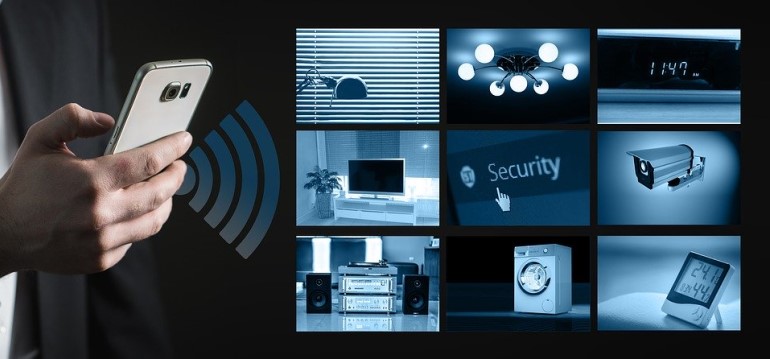The worldwide demand for smart home devices is one of the few growth trends to be positively affected by COVID-19. Despite the pandemic’s economic impact, global shipments of smart home voice control devices are forecast to increase by 30% in 2020, according to ABI research. Worldwide shipments were forecast to be more than 1.39 billion in 2023 with a five-year compound annual growth rate (CAGR) of 14.4%.
Previously unheralded benefits of smart home technology have risen to the forefront in this environment due to consumers’ rising concerns over health and safety. Devices such as smart locks and video doorbells enable users to ensure deliveries are securely received with no face-to-face interaction required. Other commonly touched areas including light switches and television controllers can be avoided using voice control.
This increased usage comes with its own challenges as home smart devices are often and increasingly being used outdoors or in bathrooms and kitchens, and can be susceptible to water damage and corrosion which can reduce their operational life. There are many ways in which electrical devices can be damaged by water and moisture in the home environment – for example, drink spillages can damage television remotes and humidity and steam from kitchens or bathrooms can affect smart thermostats. Curtain rails or smart blinds can be vulnerable to rain splashing through an open window or even condensation.
The smart devices that are finding a space in more and more of our homes are at risk from water damage, ranging from bathroom humidity to weather-related corrosion. For manufacturers to avoid the potential impact on their brand reputation and likely loss of future revenue incurred, as well as the financial cost of replacing a damaged device, utilizing some form of water protection is therefore going to be essential as a key building block of the smart home of today and of the future.
But the pandemic has also highlighted an increased need for protection against another type of liquid damage: The damage caused by consumers using cleaning products to disinfect their smart home devices. Google trends usually show a peak every year in people ‘googling’ how to clean their consumer devices in the week after Christmas, with the expectation being that now they have received a new electronic device as a gift, they want to clean their old one in order to sell it on. This year though, we have seen just such a spike in searches during the pandemic itself. Manufacturers are even issuing guides on how to clean these devices safely without damaging them. Most such guides highlight the obvious points around don’t get your device wet, avoid moisture; don’t spray chemicals, don’t use wet wipes, etc.
As a result, manufacturers are becoming more interested in devices that protect against both environmental damage from rain, humidity and moisture, as well as cleaning agents such as Isopropyl alcohol (IPA).
Traditional water protection methods are often unwieldy or unreliable. They come with many kinds of problems, such as inhibiting electrical conductivity, being prone to cracking, delaminating and degrading. In contrast, the latest nano coatings are far more flexible and reliable and are ideal for providing effective water protection to smart home devices. Different levels of protection can be covered, all the way from splashes and spills to full immersion. Here, the latest nano coatings offer robust protection to internal electronics against corrosion or damage from cleaning agents such as IPA.
Smart technology providers are able to support the creation of the ‘smart home vision’ by using these solutions to minimise the need for costly repairs and lessen their maintenance call-out requirements. By greatly improving the lifetime of the sensors used in a wide spectrum of smart technology applications, they can effectively increase the longevity of many smart home devices.
Solutions will need to offer protection against a wide variety of water-related risks in order protect against damage to electronic devices. By being able to protect any form, any shape, any design of electronic device the top solutions will add extra flexibility and also a wide range of materials used, well beyond a basic plastic box. In doing so they will support the vision of the future smart home not only from a functional perspective, but an aesthetic one too.
To find out more information on how we can help you meet your smart home device manufacturing waterproofing requirements please contact us.

